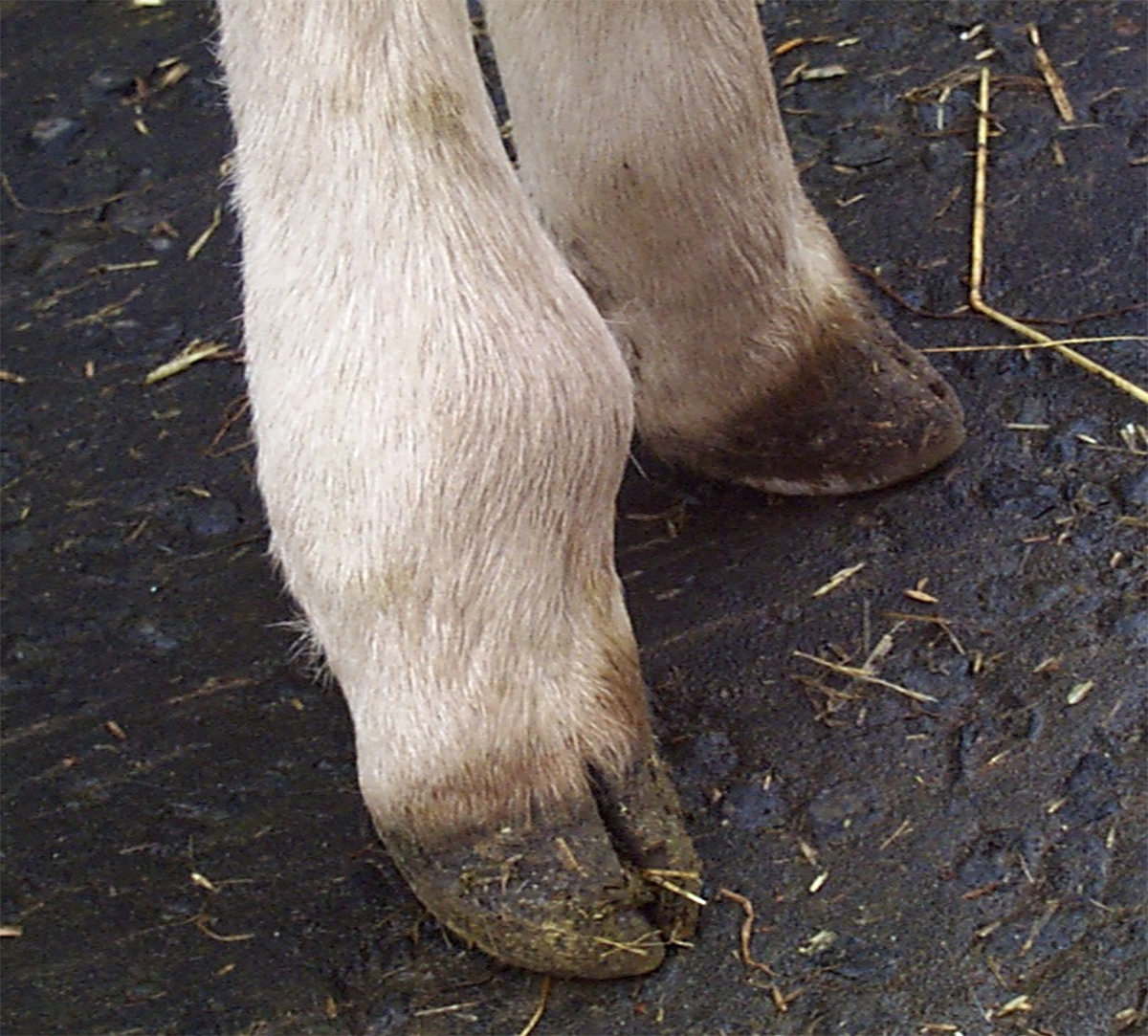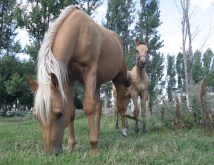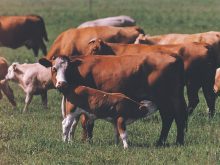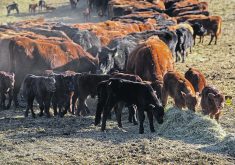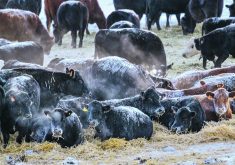UPDATED: August 19, 2025 – Joint infections in calves can be difficult to manage. In a few cases, treatment of this crippling disease will be successful, but in many instances, it is more economical to kill the animal.
Prevention is the key.
When a joint is inflamed due to bacteria, the condition is referred to as septic arthritis. Once settled inside a joint, bacteria flourish in the attractive breeding ground.
Read Also

Beef cattle more prone to trace mineral deficiencies
The trace mineral status of our cows and calves is a significant challenge for western Canadian producers and veterinarians.
Mode of infection and diagnosis
There are two important ways that bacteria can invade joints: following a traumatic injury, especially a penetrating wound to the joint; and via the bloodstream, which is more common.
A cow can infect its calf while their blood systems are joined in the uterus. Bacteria from other sites in the calf’s body, such as an infected naval, can also enter the blood vessels and travel to the joints.
Calves that fail to get required maternal antibodies are particularly susceptible to joint infections. This suggests the incidence of septic arthritis can be lowered by ensuring calves get an adequate drink of colostrum.
Once bacteria gain access to a joint, they attach to the synovial membrane – the tissue lining the joint. As they multiply, they cause inflammation. The membrane responds by thickening and roughening, which creates an even more attractive habitat for the bacteria.
As bacterial growth continues, the joint becomes more inflamed and the cycle continues. The synovial inflammation releases harmful chemicals into the joint fluid that break down the cartilage at the ends of the bones.
Once the cartilage barrier is broken, the infection can spread into underlying bone. This causes extreme pain, especially with movement.
A septic joint is warm and so painful that the calf will not put weight on it. When more than one joint is affected, the calf may lay on its side, refusing to get up.
The degree of joint swelling depends on the bacterial species involved. Bacteria that stimulate the production of a creamy pus seem to cause significant joint swelling. When the fluid in the joint is clearer, the swelling tends to be milder.
To diagnose a septic joint, a sterile needle can be inserted into the joint and fluid drawn for analysis. The fluid can be sent to a laboratory for culture to identify the bacterium involved and to determine through sensitivity testing which antibiotics will kill it.
As a general rule, clear fluid offers a better prognosis than purulent joint content.
Treatment of joint infections
Treatment should always be initiated as soon as septic arthritis is confirmed, even before culture results are available. The right choice of antibiotic often determines the success of therapy.
Some antibiotics have difficulty penetrating into the joint and killing the bacteria hidden in the proliferated membrane. Penicillin and tetracycline work, but a few of the newer antibiotics can reach the infection in the joint faster and kill the bacteria more effectively.
Your veterinarian will choose the most appropriate antibiotic for the circumstances. The selection can be fine-tuned with the aid of culture and antibiotic sensitivity results.
If a calf is responding poorly to antibiotics, it may be worthwhile to inject antibiotics directly into the joint. This must be done carefully to avoid damaging the joint and to prevent introducing another bacterium.
Applying heat to the joint can help reduce pain and swelling. Administering painkillers will help the calf remain mobile.
More aggressive therapy might be economical in valuable calves. The joint can be surgically treated by opening it, dissecting out the lining, and thoroughly flushing it.
Even with this heroic treatment, the problem may not be cured. Arthritis and long-term lameness may persist.

